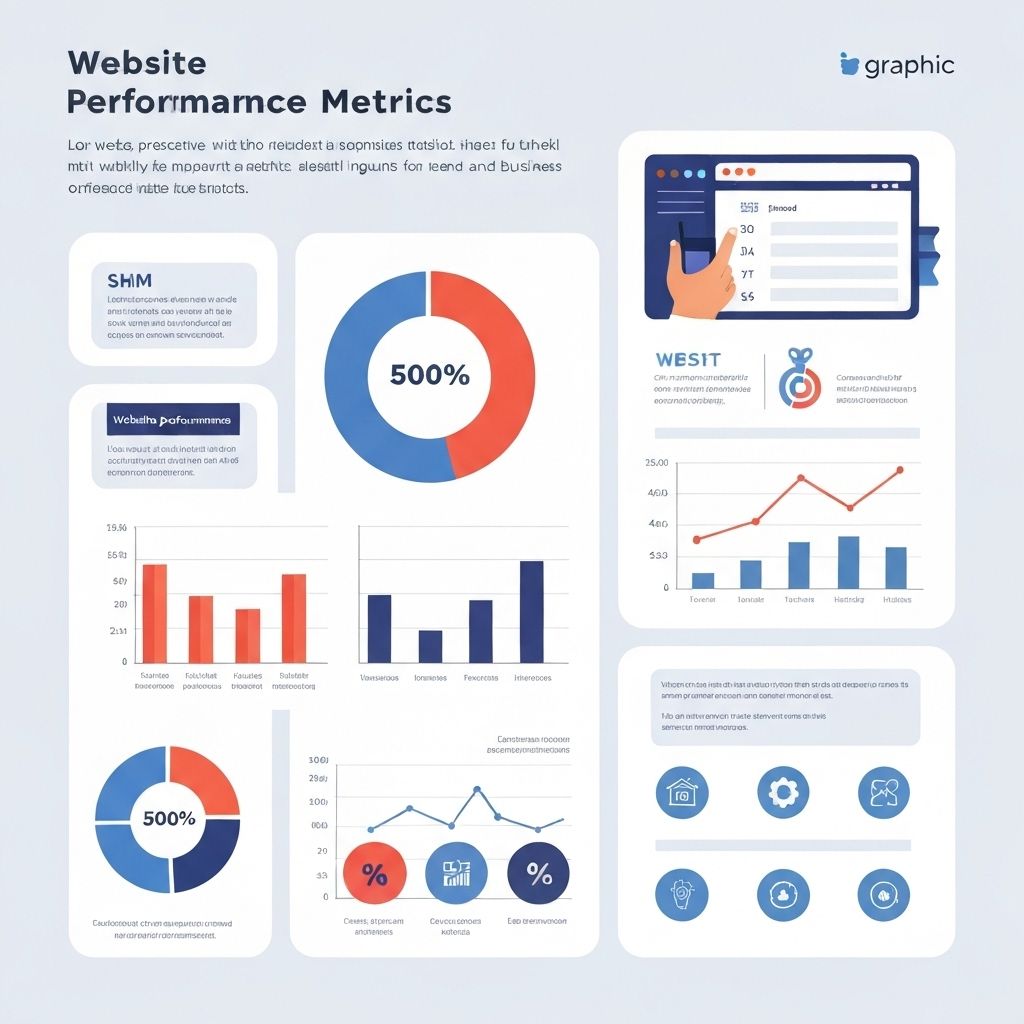Performance isn't just a technical concern—it's a business concern. Slow websites lose customers, revenue, and search rankings. Fast websites convert better, rank higher, and provide better user experiences. Let's look at the real economic impact of website performance and why it should be a top business priority.
The Cost of Slow
Every millisecond of delay has a measurable impact on your bottom line.
Conversion Rate Impact
Amazon found that every 100ms of latency costs them 1% in sales. Walmart found that for every 1 second improvement in page load time, conversions increased by 2%. Pinterest reduced load time by 40% and saw a 15% increase in sign-ups. These aren't outliers—they're the norm. Slow sites lose customers.
SEO and Rankings
Google uses Core Web Vitals as ranking factors. Slow sites rank lower, getting less organic traffic. Less traffic means fewer customers and less revenue. Performance optimization isn't just about user experience—it's about visibility. A fast site ranks higher, gets more traffic, and converts better.
User Perception
Users perceive slow sites as less trustworthy and less professional. 53% of mobile users abandon sites that take longer than 3 seconds to load. First impressions matter, and performance is a huge part of that first impression. A slow site suggests a company that doesn't care about user experience.
The ROI of Performance
Performance optimization has one of the highest ROIs of any technical investment.
Measuring Impact
Use Real User Monitoring (RUM) to track actual user experiences. Correlate performance metrics with business metrics: conversion rate, bounce rate, revenue per visitor. Run A/B tests with performance improvements to measure direct impact. The data will show clear ROI for performance work.
Quick Wins
Some optimizations provide massive impact with minimal effort. Image optimization can reduce page weight by 50-70%. Enabling compression can reduce transfer size by 60-80%. Implementing a CDN can reduce latency by 50% or more. These aren't months-long projects—they're days or weeks of work with immediate, measurable results.
Making the Business Case
How to get buy-in for performance work from stakeholders.
Speak in Business Terms
Don't talk about milliseconds and Lighthouse scores. Talk about conversion rates, revenue, and customer satisfaction. Show the data: 'A 1-second improvement in load time could increase conversions by 2%, worth $X in additional revenue per year.' Make it about business outcomes, not technical metrics.
Competitive Analysis
Compare your site's performance to competitors. If they're faster, you're losing customers to them. Show stakeholders where you stand and what's possible. Use tools like WebPageTest to create side-by-side comparisons. Visual evidence is powerful.
Key Takeaways
Website performance is a business priority, not just a technical one. Slow sites lose customers, revenue, and rankings. Fast sites convert better and provide better experiences. The ROI of performance optimization is clear and measurable. Make the business case with data, implement quick wins for immediate impact, and make performance a ongoing priority.
Continue Reading
More expert insights on web design and development

The Psychology of High-Converting Landing Pages
Understanding cognitive biases, visual hierarchy, and persuasion principles that drive user action. A deep dive into the psychological triggers that separate 2% conversion rates from 15%.

Core Web Vitals: The Complete Technical Guide
Master LCP, FID, and CLS optimization with advanced techniques. From image optimization to JavaScript splitting, learn how to achieve perfect Lighthouse scores.

Typography Systems for Digital Products
Building scalable type systems with modular scales, fluid typography, and variable fonts. How to create visual hierarchy that guides users effortlessly.

